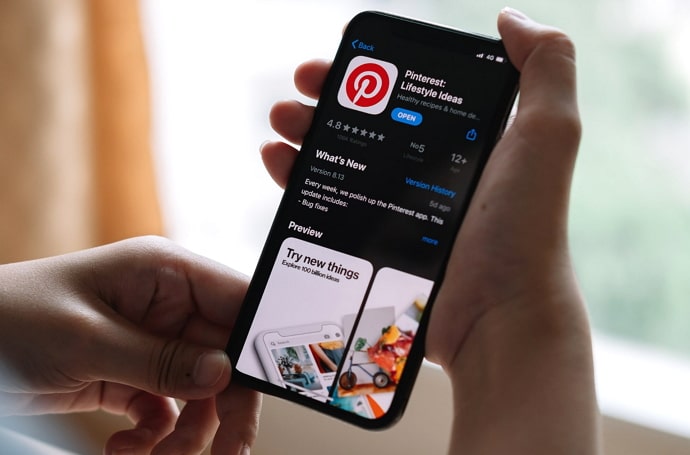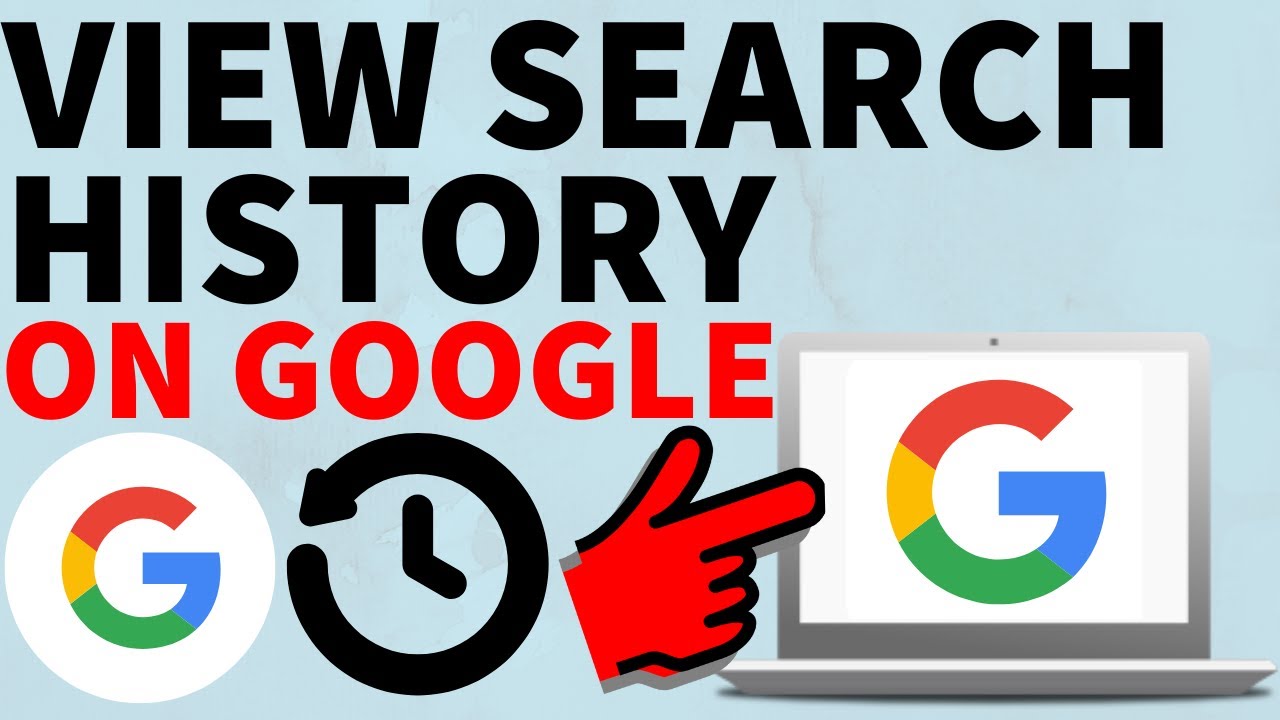How to Use Plinky to Organize Links: Plinky allows users to efficiently organize and manage their online links. In today’s digital age, the sheer volume of content available online can often feel overwhelming, making it difficult to keep track of valuable resources. Plinky addresses this challenge by providing a user-friendly platform that allows individuals to save, categorize, and retrieve their favorite links with ease.
Users can create customized collections based on themes, projects, or interests, ensuring that related links are grouped for quick access. The intuitive interface facilitates seamless navigation, allowing users to effortlessly search for specific links or browse through their collections. Additionally, Plinky’s tagging feature enhances organization, enabling users to assign relevant keywords to each link for better retrieval.
Plinky supports collaboration, making it an excellent choice for teams or groups working on shared projects. Users can easily share their collections with others, fostering teamwork and communication. Whether you’re a student managing research resources, professional curating industry news, or simply an avid internet user looking to streamline your online experience, Plinky your links efficiently. Experience the convenience of Plinky and transform your online link management today!
Read Also: How to Change the Duolingo App Icon on Android
Why Organizing Links Matters in the Digital Age
Where information is abundant and easily accessible, organizing links has become more critical than ever. The internet serves as an extensive reservoir of knowledge, filled with countless articles, resources, and tools that can be useful for various purposes. However, this wealth of information can also result in information overload, making it difficult for individuals to locate what they need when they need it.
- Enhanced Productivity: By organizing links, users can save time and boost productivity. Instead of sifting through endless bookmarks or scrolling through unstructured lists, well-organized collections enable quick access to essential resources, allowing users to focus on their tasks without distraction.
- Improved Information Retrieval: As the volume of online content continues to grow, having a systematic way to categorize and tag links enhances information retrieval. Users can quickly locate specific resources using keywords or themes, minimizing frustration and streamlining the research process.
- Effective Collaboration: In team settings, organized links facilitate collaboration and communication. Team members can share curated collections, ensuring everyone has access to relevant resources. This fosters teamwork and encourages the exchange of ideas.
- Personalization: Organizing links allows users to tailor their collections to their unique interests and needs. Whether for personal projects, professional development, or academic research, having a personalized system makes it easier to manage resources effectively.
- Reduced Digital Clutter: A well-structured link organization system minimizes digital clutter, leading to a more organized online experience.
Organizing links in the digital age is essential for efficiency, collaboration, and personalized resource management. It empowers users to navigate the vast ocean of information with confidence and ease.
Creating Customized Collections for Easy Access
Identify Your Needs and Interests
Before you start creating collections, take a moment to reflect on the types of content you frequently access. Are you a student looking for research materials? Professional curating industry news? Understanding your specific needs will help you create relevant and functional collections.
Establish Clear Categories
Organizing your links into distinct categories enhances usability. For example, you might create collections for:
- Research: Articles and papers related to specific topics.
- Work Projects: Links to resources or tools relevant to your job.
- Personal Interests: Recipes, travel blogs, or hobby-related sites. By clearly defining categories, you can streamline your link organization.
Utilize Descriptive Titles and Descriptions
When creating collections, use descriptive titles that accurately reflect their contents. Adding brief descriptions can also provide context, making it easier to remember why you saved certain links. This is particularly helpful if you have multiple collections on similar topics.
Incorporate Tags for Enhanced Searchability
Tags allow for deeper organization within your collections. For instance, if you have a collection of marketing resources, you might use tags like “social media,” “SEO,” or “content marketing.” This adds another layer of organization, making it simple to locate specific links quickly.
Regularly Review and Update Collections
As your interests and needs evolve, it’s important to review and update your collections regularly. Remove outdated links and add new resources to keep your collections current and relevant. This practice not only keeps your collections organized but also encourages ongoing engagement with the content.
Take Advantage of Collaboration Features
Plinky allows users to share collections with others, making it easy to curate information collectively and ensure everyone has access to valuable resources.
Leverage Visual Aids
If Plinky allows, add visual elements or icons to your collections. Visual aids can make collections more appealing and easier to navigate, enhancing the overall user experience.
Searching and Retrieving Links: Tips for Efficiency
Utilize the Search Bar
Most link management tools, including Plinky, offer a search bar for quick access. Make use of this feature by typing keywords related to the content you’re looking for. The more specific your keywords, the better your chances of finding the exact link you need.
Implement Advanced Search Techniques
Familiarize yourself with any advanced search options available. This may include using quotation marks for exact phrases or adding tags and filters to narrow down your search results. These techniques can significantly speed up the retrieval process.
Organize with Tags
Tag each link with relevant keywords that reflect its content. When searching, you can then filter by tags, allowing for faster retrieval of related resources.
Create Descriptive Titles
This practice will not only make it easier to find links at a glance but also help you quickly remember what each link contains.
Use Folders or Collections
Organize your links into folders or collections based on themes, projects, or categories. This hierarchical structure can streamline your search process, allowing you to browse through specific sections rather than sifting through a long list of links.
Regularly Update Your Links
Make it a habit to review and update your links regularly. Remove any outdated or broken links and ensure that your collections are current. A well-maintained collection will enhance your search efficiency, as you won’t waste time on irrelevant content.
Employ Consistent Naming Conventions
Adopting consistent naming conventions for your links and collections can simplify the search process. For example, if you use similar phrasing or formats, it becomes easier to remember and locate specific links.
Utilize Keyboard Shortcuts
If available, learn and utilize keyboard shortcuts within Plinky or your link management tool. Shortcuts can save time when navigating through collections or performing searches, making the process more efficient.
Bookmark Frequently Used Links
Consider creating a unique collection for “Favorites” or “Frequently Used Links” for links you access regularly.
Practice Regular Maintenance
Set aside time periodically to maintain your collections. Review your tags, update titles, and reorganize as needed. This proactive approach will ensure that your link management system remains efficient and user-friendly.
Frequently Asked Questions
Can I access my Plinky collections from multiple devices?
Yes, Plinky is accessible from any device with an internet connection. You can log into your account from different devices and have access to your collections and links wherever you are.
What should I do if I encounter a broken link?
It’s a good practice to regularly review your collections for broken links. If you find one, remove it from your collection to keep your resources current and relevant.
Are there any limits to the number of links or collections I can create?
Plinky typically offers generous limits for users, but it’s best to check their specific terms of service or user guidelines for any restrictions on the number of links or collections you can create.
Can I customize the appearance of my collections?
While customization options may vary, Plinky often allows users to change collection titles and add descriptions. Check the platform for any additional features that enhance visual organization.
Is Plinky free to use?
Plinky may offer both free and premium subscription options. The free version typically offers fundamental features, while the premium version may provide additional advanced functionalities. For the most up-to-date information on pricing and available features, please visit the website.
Conclusion
Plinky stands out as a valuable tool for anyone looking to organize their online links efficiently. Its user-friendly interface, customizable collections, and tagging features make it easy to categorize and retrieve resources, whether for personal use, academic research, or professional projects. By utilizing Plinky, users can significantly enhance their productivity, reduce digital clutter, and streamline their information management processes. The collaborative capabilities of Plinky further enrich the user experience, allowing teams to share resources seamlessly and work together more effectively.

